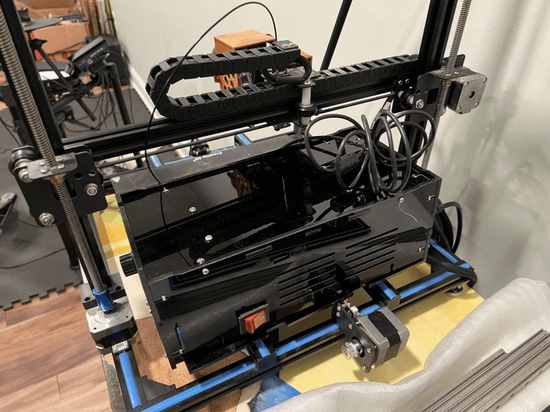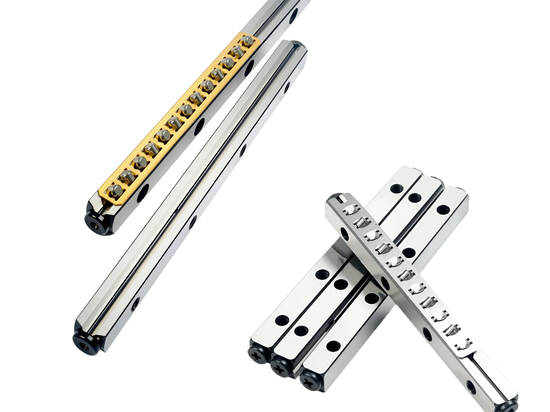
#Industry News
What Is a Gantry System for 3D Printing?
Advantages and disadvantages for your projects.
A gantry system for 3D printing is a structure consisting of beams and slide rails that support a printhead/extruder and guide its motion while transiting and printing. The critical functions are rigidity and precision, placing the print application point precisely within the build. The gantry system allows for a larger build height (and therefore volume) than delta or cartesian printers. Gantry systems are generally applicable to most 3D printing techniques. The Z-axis mechanism that allows for the print depth is either a result of a motion from the gantry, carrying a Z-axis mechanism—or from the movement of the build table on a separate mechanism.
Gantry systems are widespread in both industrial/professional and home/hobby machines, because of their intrinsic stiffness and large build volume potential.
What Projects Can Gantry Systems Print?
Gantry-based printers can build most 3D models that will fit within their build volume, including:
1. Some geometries, such as fully hollow structures, can only be built by devices that include a removable support material option.
2. Only one direction of the build is possible, as the roll/pitch/yaw capabilities of six-axis motion are not available, so material deposition is downwards only.
3. Gantry-based 3D printers can tackle most builds, if some post-print assembly is feasible.
What Are the Advantages of Gantry Systems for 3D Printing?
Gantry-based systems have various advantages, including:
1. Build volume is only limited by gantry size, which is in turn only limited by stiffness. The same drive mechanisms can carry the same printhead over longer or shorter gantry arms with limited alteration.
2. Size-up results in proportionately lower cost because the structure can be extended with little difficulty, for larger SKU machines.
3. Setup and maintenance of gantry machines are relatively simple, as machine workings are well exposed for access.
4. Gantry-based machines offer a lower cost per build volume than other options.
What Are the Disadvantages of Gantry Systems for 3D Printing?
Gantry-based 3D printers have restrictions and weaknesses that must be considered, including:
1. Machine stiffness can be limited, reducing accuracy, unless the machines are larger and heavier—i.e., with a full rectangular frame.
2. Machine size is large compared with build volume.
3. The long, linear slide/drive systems are susceptible to wear and stretching, increasing the required maintenance.
4. Unidirectional build orientation offers limited options in strength optimization.
Does a Gantry System Only Have 3 Axes?
Yes, virtually no gantry-based 3D printers offer additional degrees of freedom. No home/hobby machines include this. There has been some development in this regard in very large gantry printers for house building.






